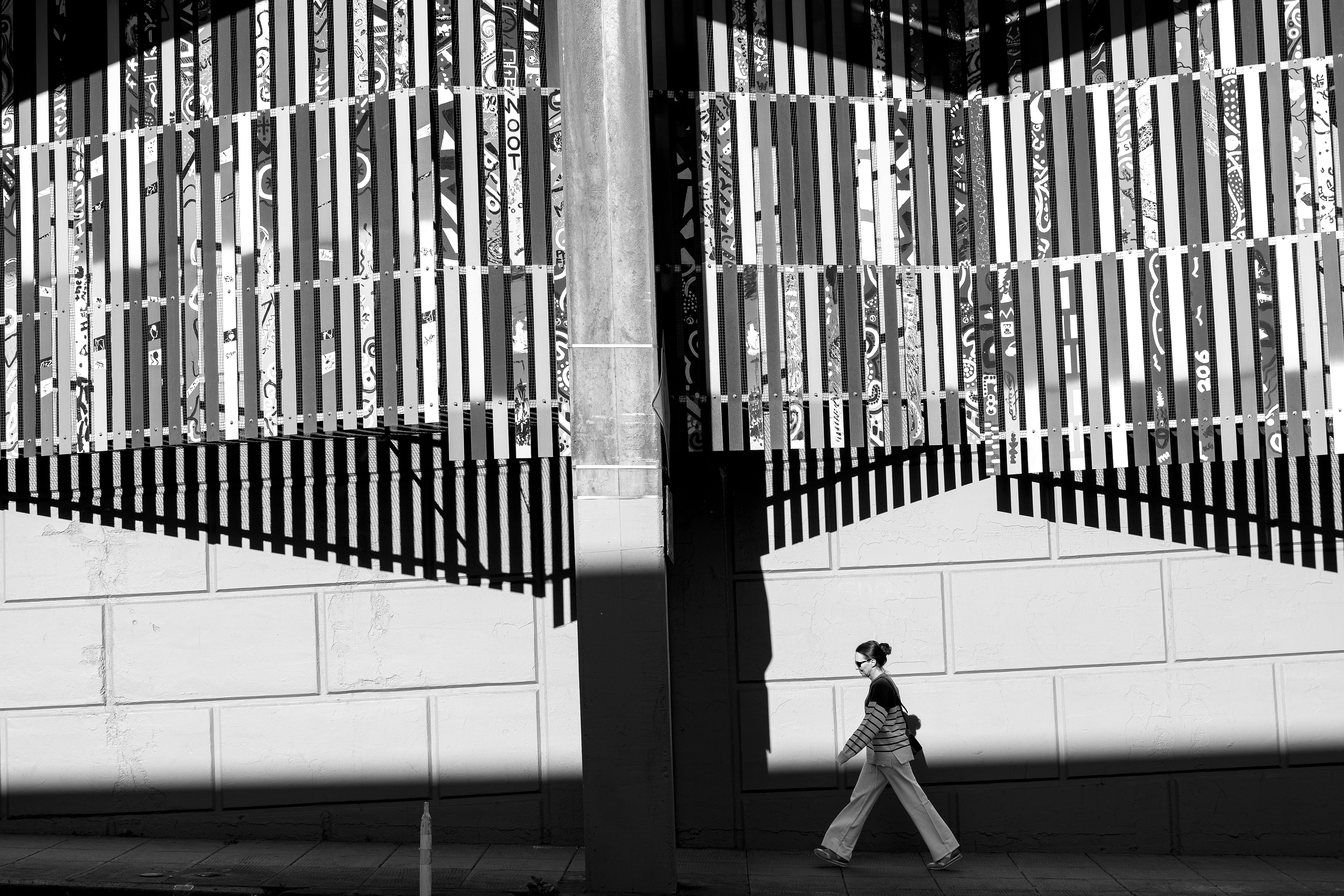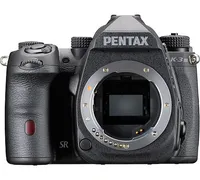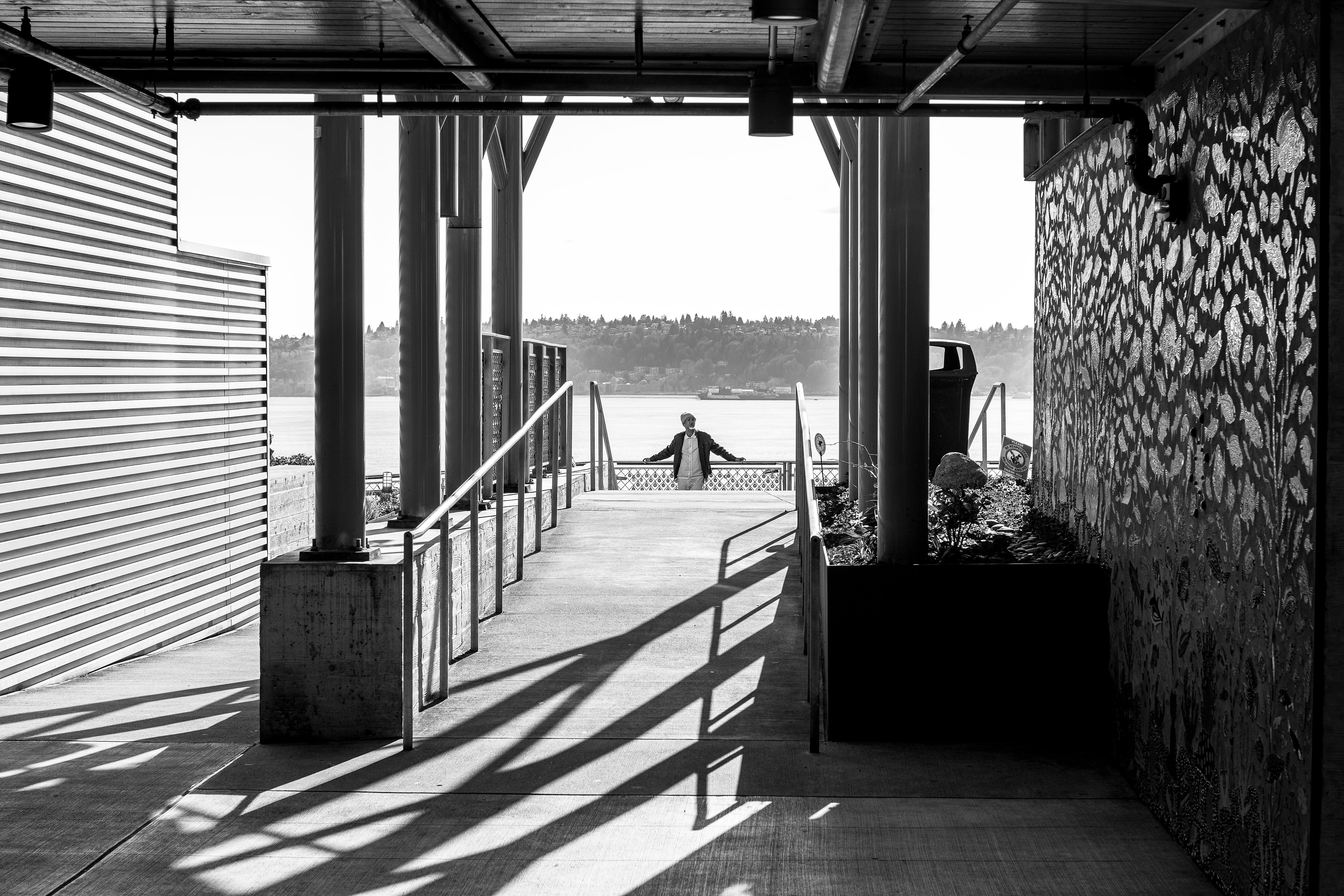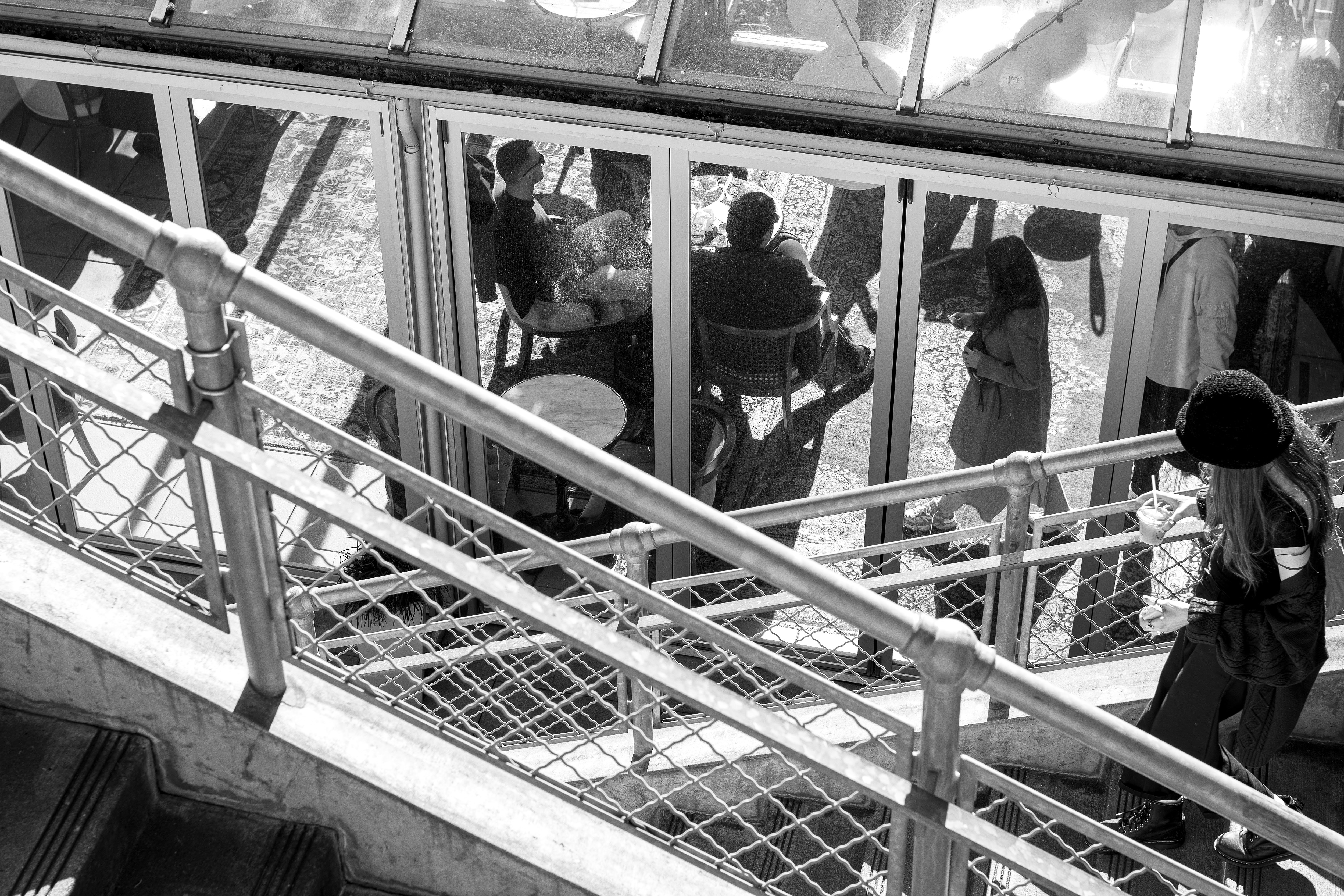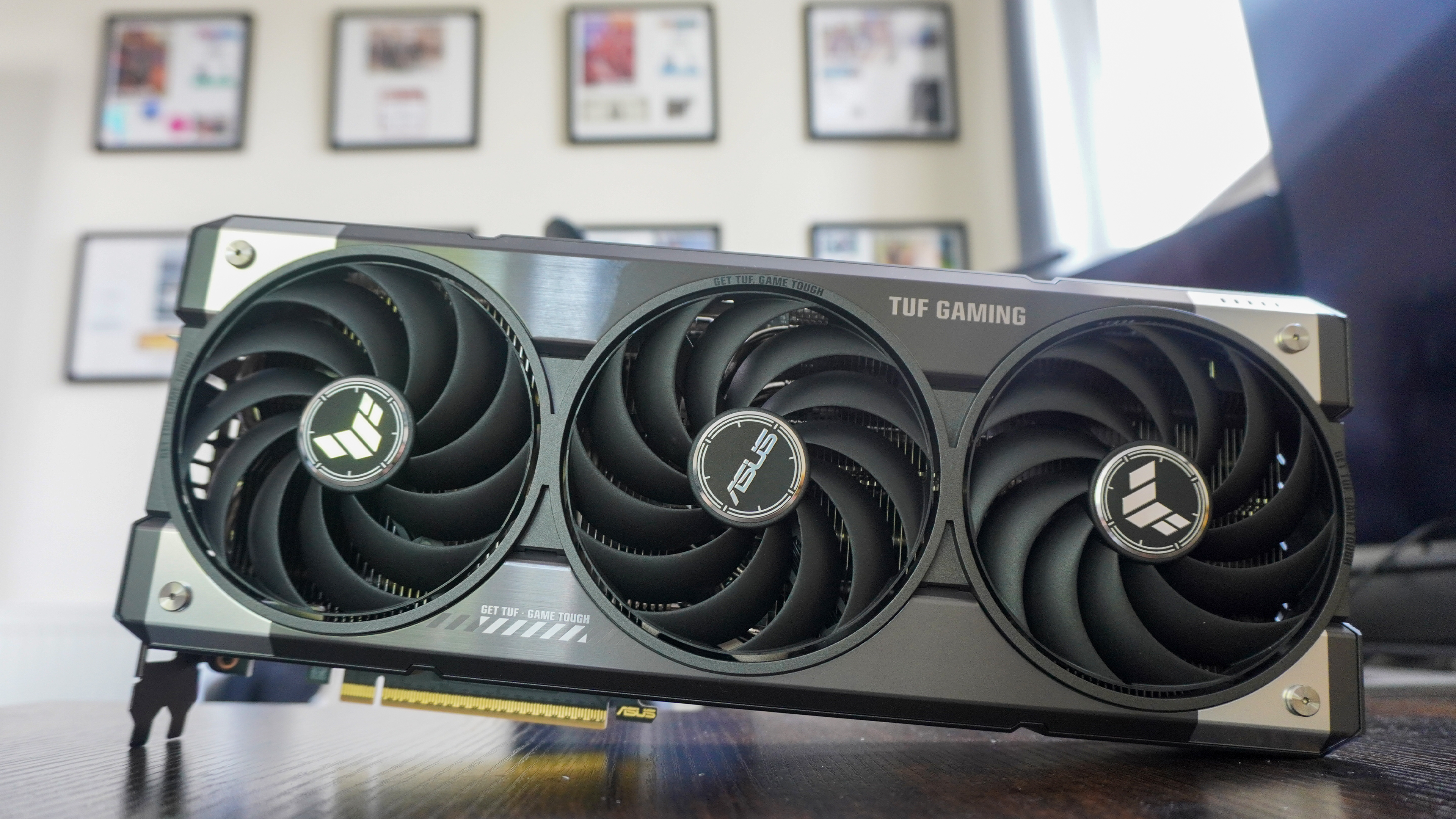I took nearly 400 photos with Pentax’s B&W-only digital camera — and I may never shoot in color again
Your smartphone can't produce monochrome shots nearly this good (nor can your fancy mirrorless camera)

I recently got my hands on the Pentax K-3 Mark III Monochrome, a tough-built DSLR with a 26-megapixel APS-C sensor which, as the name suggests, shoots only in B&W. With a gorgeous Sunday afternoon to try it out on, I strolled toward Seattle's touristy waterfront eager to flex a little creative muscle.
Little did I know that my afternoon with the K-3 III Monochrome would help shake me out of a photographic rut and get me stoked to snap frames again. By the end of the day, I took nearly 400 photos with Pentax’s B&W-only digital camera — and I may never shoot in color again. Here's why.
Pentax has been making cameras for 100+ years
Pentax is a historic camera brand with roots that stretch back to the early twentieth century and the dawn of the single-lens reflex camera (SLR). These days, Pentax continues to concentrate on SLR cameras — digital ones — at a time when most other manufacturers are prioritizing newer mirrorless camera technology.
However, for folks like me who prefer composing images with an optical viewfinder rather than an electronic one, Pentax is the only brand focusing on new DSLR models. Fortunately, these bodies — including the full-color Pentax K-3 III — are a delight to shoot with and quite capable image quality-wise.
B&W sensors have advantages over color ones
But, wait, what's the point of a camera that only shoots in B&W? After all, converting a color image to monochrome is a painless affair, easily accomplished a zillion different ways.
The simple answer is that the Pentax K-3 Mark III's sensor captures images natively in B&W, including Raw DNG files. With digital photography, more data from a sensor is always better. And because the Monochrome's sensor isn't wasting time processing color data, the outputted images have a particularly gorgeous tonal quality, richness and level of detail, unmatched by a color conversion.
Pentax K-3 Mark III Monochrome DSLR Camera: $2,196 @ B&H
The Pentax K-3 III Monochrome is a beefy and weather-resistant camera decked out with tons of controls and sporting a B&W-only sensor capable of stunning images. It also boasts a large optical viewfinder and sensor-based image stabilization.
There are other advantages to a Monochrome-only sensor, particularly in low light settings. Because there's no chroma noise to suppress — those ugly speckled multi-colored dots — you can shoot at very high ISOs and still get great-looking images. The grain at high ISOs looks more like "film grain," aesthetically pleasing at best and acceptable at worst, than gross digital noise.
Get instant access to breaking news, the hottest reviews, great deals and helpful tips.
At lower ISOs, images from this monochrome sensor also look sharper than their color-sensor counterparts due to the lack of a color filter array between the lens and sensor. This is a necessary part of most modern color sensors, but one that has a slightly softening effect on shots.
Who is Pentax's B&W camera for?
The Pentax K-3 Mark III Monochrome is best for photographers who enjoy approaching the craft slowly and methodically. It's not going to fire off 50 frames a second with real-time subject tracking, like some of the best mirrorless models. The autofocus system is also a tad sluggish by 2024 standards and the camera itself is honker to lug around.
However, once you wrap your head around using it — there's pretty much a direct button for any setting you could ever want to adjust — it quickly becomes a creative extension of your being.
For example, after just one day with the camera, operating it felt like second nature. Plus, the oh-so-satisfying "Kerchunch" of the shutter and mirror mechanism dancing in harmony made me feel downright nostalgic — sadly, my mirrorless cameras don't produce nearly as enjoyable mechanical sounds.
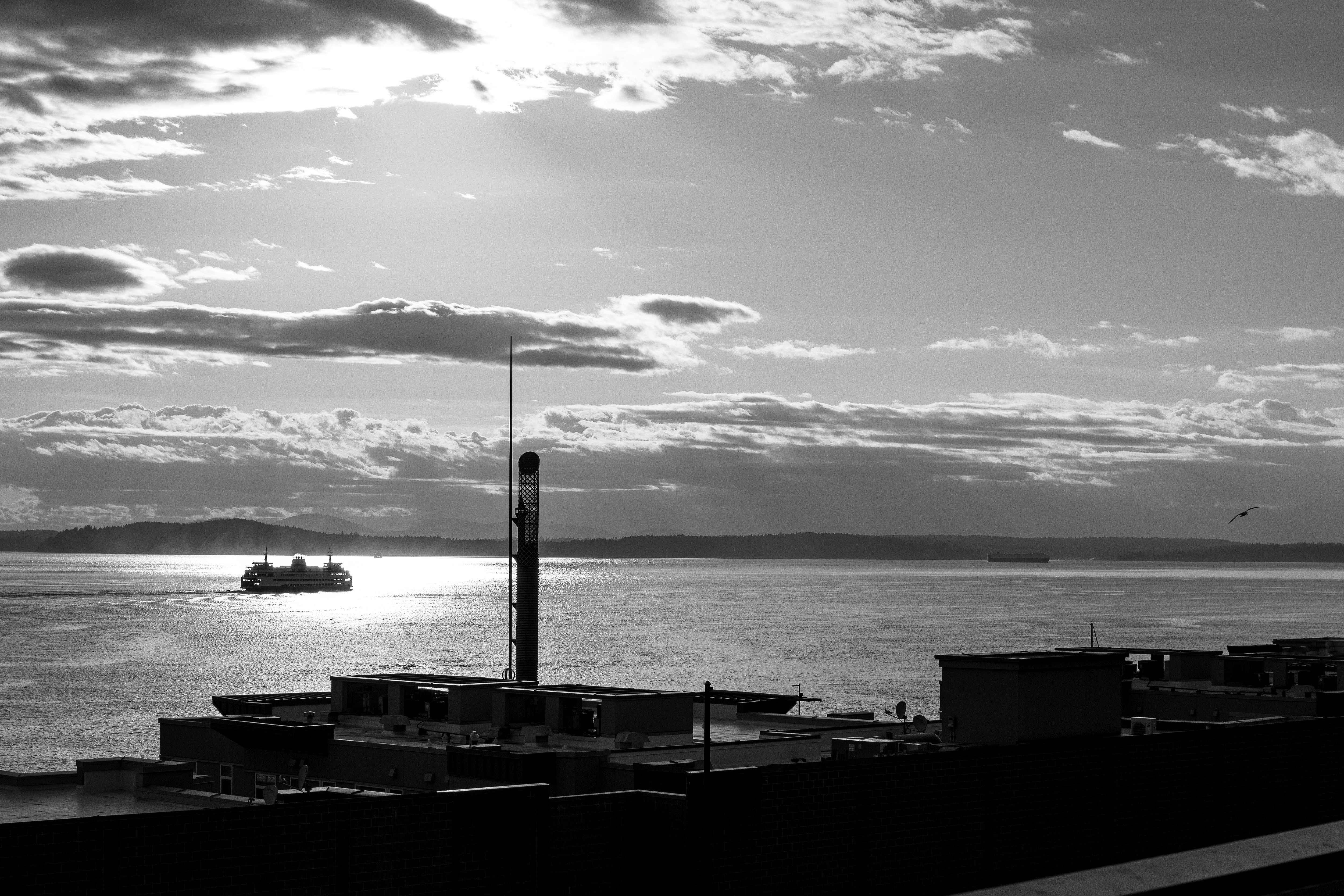
Pentax engineered the K-3 III so photographers theoretically never need to take their eye away from the larger optical finder: most tasks can be accomplished via the aforementioned direct controls without a trip to the menus — setting changes are reflected via info panels within the viewfinder.

In particular, the K-3 III Monochrome is a solid choice for lowlight photographers, including music and event shooters, landscape lovers, street photographers and even portrait shooters. I enjoy all of the above, which may explain why I so relished my time with Pentax's monochrome-only camera.
I took nearly 400 photos with Pentax’s B&W camera
I've wanted to check out the K-3 III Monochrome ever since its launch in April 2023. It's one of the only truly attainable monochrome-only digital cameras on the market and also one of the only new DSLR cameras to launch in the past few years.
The only other camera manufacturer with monochrome-only models is Leica. And you can bet your monocle they cost a pretty penny: The Leica M Monochrom starts at $9,195 with no lens — that'll be another $5,000 to $10,000 — and the Leica Q2 Monochrom will set you back a cool $6,345 new but thankfully comes with a lens built in.
The Pentax K-3 III Monochrome, meanwhile, starts at a much more reasonable $2,195 for the body, with plenty of lenses available to the tune of several hundred bucks, rather than several thousand.
A lover of affordable glass, I paired the loaner Pentax with a petite, all-metal Pentax 43mm f/1.9 lens, which provides a roughly 65mm equivalent field of view on the K-3 III's APS-C sensor. At $445, it's not a bank-breaker, yet it still performs exceptionally well in the sharpness department.
I love shooting with both a 50mm and 85mm lens but wasn't sure how I'd get on with a focal length that sits smack between the two. However, during my saunter through Seattle's Pike Place Market, I frankly fell in love with the field of view: It works exceptionally well for candids, street photography and portraits, regardless of the lighting.
While I was far from "spraying and praying," I did manage to fire off exactly 365 frames during my Sunday adventure, including snaps of incoming ships, vacation revelers, suave pups, city scenes and more.
I may never shoot in color again
With so many shots, narrowing down my favorites was no easy assignment. However, you'll find my top choices scattered throughout, with additional samples below. I chose these images not just because I am fond of the compositions but because the level of detail and tonal quality is superb.
I'm now eager to get back out and shoot more with this black-and-white beast. In fact, I may never shoot in color photography again. Well, not until I have to return the K-3 III Monochrome to Pentax, at which point, I'll probably dust off my old Nikon FM2 and load it up with some expired Kodak B&W film from the freezer.
More Pentax K-3 Mark III Monochrome sample images
More from Tom's Guide:
- I wore the $99 REI Rainier Rain Jacket in my shower to test water resistance
- I put a fitness tracker on my dog — here's what happened
- 7 reasons why I like this budget-friendly massage gun better than my $200 Theragun

Dan Bracaglia is the Tom’s Guide editorial lead for all things smartwatches, fitness trackers and outdoor gear. With 15 years of experience as a consumer technology journalist testing everything from Oura Rings to instant cameras, Dan is deeply passionate about helping readers save money and make informed purchasing decisions. In the past year alone, Dan has assessed major product releases from the likes of Apple, Garmin, Google, Samsung, Polar and many others.
An avid outdoor adventurer, Dan is based in the U.S. Pacific Northwest where he takes advantage of the beautiful surroundings every chance he gets. A lover of kayaking, hiking, swimming, biking, snowboarding and exploring, he also makes every effort to combine his day job with his passions. When not assessing the sleep tracking and heart rate accuracy of the latest tach gadgets, you can find him photographing Seattle’s vibrant underground music community.
 Club Benefits
Club Benefits





